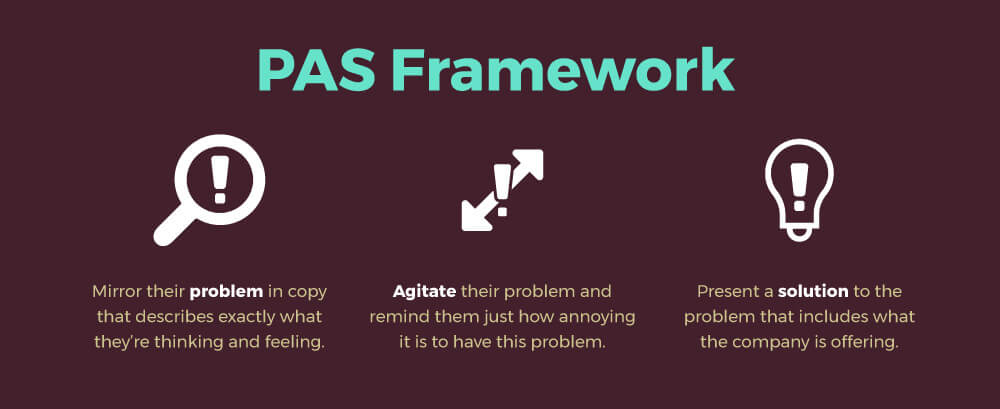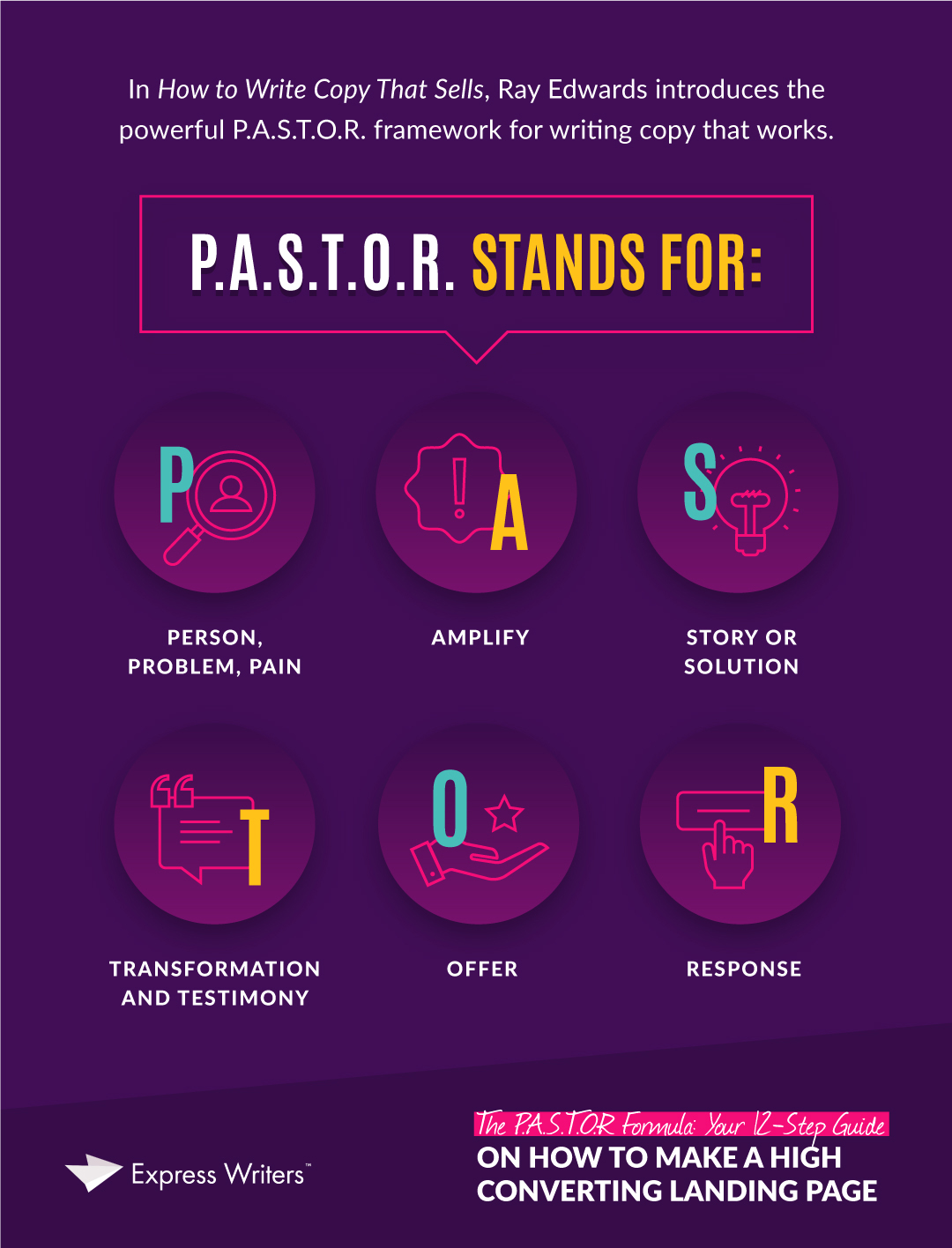Doritos + couch + binge watching Netflix = legal crack
And you were supposed to be writing something worth reading today instead….
“F***! STUPID CRACK DORITOS!”
Have you ever found yourself in one of these never-ending writing loops?
- Step 1: Stare at blinking cursor on blank screen
- Step 2: Wait for inspiration to strike, drink coffee
- Step 3: Snack on doritos. Twiddle thumbs.
- Step 4: Wait for inspiration to strike. Drink coffee.
- Step 5: Clean house.
- Step 6: Wait for inspiration to strike.
- Step 7: Buy more doritos (to replace the ones you ate).
- Step 8: Snack on said doritos.
- Step 9: What the hell? Make more coffee.
- Step 10: Wait for caffeine (and inspiration) to strike.
- Step 11: Give up, eat remaining doritos on the couch. Binge watch Netflix.

Sitting at a blank screen and demanding it to be your “muse” despite its lack of content is an exercise in futility. Believe me I’ve tried (and failed)…
Why does it seem that ideas pour out of you every other moment of every day except when you sit down to the computer to capture them?
As I’ve said before the brain is like Vegas on steroids 24/7 until you stop what you’re doing and look it straight in the face.
But the irony is, that once your brain has your full attention, it goes radio silent and as uninteresting as a wet noodle.
It’s like your brain only enjoys distracting you with wild and scintillating ideas only when it has to compete for your attention. Once it has your attention, it just doesn’t want to play anymore. UGH!
Still, the human brain is amazing, isn’t it? It functions 24/7 from the day you’re born and only stops when you sit down to write something. Such a perennial human problem, right?
So, how can you stop waiting around for brilliant ideas to grace you with their presence whenever you sit down to a computer and have to write something?
Why is it that great ideas rarely come when you’re ready for them? Why is it always in the shower, driving on the road or working out at the gym?
Since we can’t control when (or how) inspiration strikes, it’s best to just grab and record them when they do decide to show up.
This is where digital tools such as Evernote, Bear, OneNote, Audio recording, email, etc. come in handy since they’re easily accessible via your phone (aka your second brain).
Then, when you sit down to write, you can go back to your digital notes and BOOM there’s a ready made list of topics to choose from.

The next step is to take those topics and write a really quick, dirty and complete piece-of-s***, first draft.
It’ll be terrible. Let it be terrible. Commit to making it terrible.
It’s a necessary part of the writing process so better to just accept it and move through it as quickly as you can.
Just open a blank page on the screen and riff on the topic or go full stream of consciousness (you can always go back later and trim off the fat and clarify your ideas).
Another option is to sketch out a rough outline of what you want to talk about. Either will work. The point is to figure out what works best for you.
It may help to think of your first draft in the same way that a potter thinks of a hunk of raw clay they throw down on their wheel.
They make no bones about it. They get their hands on it and start working out the shape of whatever object they’re making and little by little, it’s true purpose emerges. It’s the same with writing.
Just get some words down on the page (e.g. your “clay) and then go back and keep editing and reshaping the grammar, the syntax, the tone and the vocabulary until it takes its shape.
Now you get the overall trajectory and process of writing. It’s time to talk through some successful formulas to beef up and clarify the structure of your writing.
Basically, how do you write in a way that gets your message across clearly to your audience in the most compelling way?
The secret is this: good copywriting follows a formula.
The method that works best depends on the product or concept you’re writing about and your personal preferences. Here are some of our favorites.
Our Top 3 Picks for Writing Frameworks that Get Results
1. Problem, Agitate, Solve (P.A.S.)
Copyblogger popularized this simple three-step framework that works wonders for short-form content.

Here’s how it works:
P = Identify the Problem
What problem is causing your customer pain? What is making them rip their hair out in frustration?
Ex. How do they organize all of their post-it note to-do reminders in one place so they remember to do them, and so they don’t get lost, spilt on, thrown out, eaten, etc?
A = Agitate the Problem
What would their life be like if this problem never went the #$%$%&#$%@#$^ away?
Ex. “If these post-it note to-do reminders don’t get consolidated in one place, then things don’t ever get done on time, which increases stress level and causes other unsavory consequences. Anxiety increases making it harder to sleep and concentrate at work lowering productivity… It’s bad, very very bad.”
S = Solve the Problem
Offer your solution.
Ex. “Keep all your reminder notes in one place online so you can easily find them whenever and wherever you need them. You’ll be so relieved that you can finally get s*** done.” (My go to in this situation is Trello. HUGE shout out to Trello. I love you, man.)
2. P.A.S.T.O.R.
Ray Edwards, the copywriting guru, created this framework, which is ideal for longer form or more sales centric content.

Here’s how it works:
P = Person, Problem, Pain
Similar to the P.A.S. formula, you need to connect with the reader and their problem by understanding and validating their feelings of pain and frustration.
A = Amplify and Aspirations
Now it’s time to turn up the volume on their pain by adding the element of time. For example, how would they feel if this problem lasted their entire life?
Show how much this problem is not only causing pain but increasing their suffering (another layer that can be directly impacted by their own life choices) by not finding a solution for it.
After their pain and suffering is intensified enough for them to really see and feel the damage it’s causing them, invite them to imagine and feel into a life without this pain and suffering. It feels freeing and awesome!
S = Story, Solution, and System
This is where you get to tell your story that led you to a solution that will help them feel free and awesome (by ending their pain and suffering)!.
Be sure to be authentic with and relatable to your readers by revealing how you, too, were in pain and suffering too. Include them in your story by reminding them of your shared connection via struggling with the same issue.
AND make it easy for them to see themselves in your story and your shoes. One you have them there, walk them through yours and soon-to-be-their successes.
T = Transformation and Testimony
Focus on selling transformation, not the product. It’s the process of positive change (e.g. transformation) that fires off good feelings in our brains, not necessarily the end product or solution.
To be fair, the product/solution drives them to and through the transformation. BUT, ultimately, it’s who they become on the other side of that positive change that will continue forward and that they’ll remember you for (not another product/solution they may end up outliving).
Nike does a great job of this. They don’t just sell athletic shoes and clothing, they sell the idea that everyone can be healthier, more fit and therefore, happier.
Does buying a pair of shoes = lasting happiness…? It’s unlikely. Rather it’s what the shoes enable a person to do (running) and to become (in shape) that turns on the joy boosting juice. Okay, okay, you may be saying, that’s an easy example!
People use the shoes to exercise, which boosts the feel-good chemicals in our brain. Yes, that’s true. However, how many people do you know that buy all sorts of products that they believe will magically translate into them doing an activity – like snowboarding or surfing or tennis rackets?
I can think of 10 people I know right now that bought a guitar in the 60’s to learn to play and 20 years later it’s in their attic collecting dust. Products don’t make people do things. It’s inspiration plus motivation that does.
So, write your inspirational and motivational story about how you used your product/solution to become a happier person and then invite your current clients to do the same!
O = Offer
After your readers became aware of their pain, heard your story of pain, and learned how great it feels to be without this pain and the solution, it’s time to make your offer.
Make it clear and direct. Be sure to follow this formula, present 80 percent benefits and only 20 percent features. Highlighting benefits shows them the true value of investing in your product/solution.
R = Response
Lastly, tell the reader the action you want them to take and give specific and clear directions. And remember, as Edwards says, “Don’t be shy. You have the solution people need.”
3. Features, Advantages, Benefits (F.A.B)
This last formula is great when you need short and sweet web copy. Here’s how it works:
F = Features
First, mention what your product or service can do. Ex. “Complete weekly and monthly meal-planning templates…”
A = Advantages
Next, list why this feature would be helpful. Ex. “…to help you plan your meals without the hassle…”
B = Benefits
Lastly, what does that advantage mean for your reader? Ex. “…so you can save more and eat better.”
Is Writing Not Your Jam (or your butter or your toast)?
So, let’s say that while reading this blog you came to understand that the purpose is to engender positive change in your client by way of your product/solution.
You clearly see how words are integral to the process of inspiring and motivating your clients to and through this transformation.
You also acknowledge that you’d rather slice a block of cheese for 8 hours a day rather than write the kind of copy that connects with your clients and gets them results by working with you.
Please know that you have other options.
If you identify with the cheese cutting scenario above and realize that great content is the foundation to increasing business, then please by all means, hire a marketing or copywriting service (we can help!).
Do not waste time doing things you don’t enjoy and aren’t in your strengths wheelhouse. No judgment here. I hate writing code.
I’d rather be drying dishes from a party of 500 guests than sitting down writing code, so I hire it out. BOOM. My life got so much more fun!
If you’re like, “Nah, I got this.” Also, great. Then, we’ve got final suggestions on who to create copy like a pro.
Relevancy Matters
The last thing we’re going to dive into is the topic of relevance. This is key to writing copy that understands, connects with and validates your client’s experiences.
How do you figure out what your customers care about? Well, you’re in luck. Here’s a list of our favorite tools to find out what questions your audience is asking.
1. Quora and Other Industry Forums
Quora.com, and other similar online industry forums, are great resources because they give you a front-row seat into the minds of your customers.
To find out what questions your clients are asking, go to Quora.com and search for topics relevant to your industry.
For example, let’s say you own a home remodeling business. You can search for broad topics, such as home repair, or you can narrow it down further to the specific products you offer, for instance, roofing or siding.
Once you’ve selected the topics, search for phrases such as, “I need,” “help,” “advice,” or “does anyone know?”
The results will help you glean the types of questions people in your industry are asking.
These questions are the best launching pad for developing relevant content pieces because your customers are already looking for these answers.
2. AnswerthePublic.com
Answerthepublic.com gives you the ability to see which keywords and phrases, on particular topics. people are searching for.
Let’s continue with the home remodeling business. Say you search for “roofing,” answerthepublic.com will display the most popular search terms around that topic.
Search results are sorted into questions and typically begin with “are,” “will,” “can,” “where,” “how,” “when,” “what,” “who” and “which.” Again, use these questions as topics (and titles) for your content pieces.
Here’s how:
- Search result: What roofing material is most energy efficient? = Content topic: “The Top 5 Roofing Materials for Energy Efficiency”
- Search result: Roofing questions to ask? = Content topic: “10 Questions to Ask When Interviewing a Roofing Contractor”
- Search result: Metal roofing versus shingles = Content topic: “The Ultimate List of Pros and Cons for Metal Roofing Versus Shingles”
Once you hone in on the questions people are asking, it’s easy to reformat them into titles and topics for your copy.
However, sometimes, your reformatted topics aren’t compelling enough to serve as a title. Or you know what topic you want to write about but need help crafting an attention grabbing title. This is where the next tool really comes in handy.
3. Title-generator.com
Say your title falls flatter than a pancake or you have no idea how to create one with a hook, then title-generator.com is a god send.
Simply type in 1-2 keywords regarding your topic and BAM! You’ll be met with hundreds of titles and writing angles to choose from.
Let’s say you own a technology company. You know you want to do a piece of content on widgets but aren’t sure what to write about regarding widgets.
Type “widgets” into title-generator, and here are some of the results you’ll see:
- 3 Simple Tips for Using Widgets to Get Ahead of Your Competition
- 5 Problems Everyone Has with Widgets – And How to Solve Them
- Interesting Facts You Never Knew About Widgets
- Widget is as Widget Does (Okay, I made that last one up, but doesn’t it have a nice ring to it?)
A Few Final Bonus Content Tips
If you’re one of those people who always like to have more ideas, here are a few final good ones to create compelling content.
- Host a brainstorming session with your team AND include the folks who interact the most with your customers.
Not only is this fun (and we all need a waaaay more fun in our lives these days), it’s a great way to bond team members across your company leading to better communication and respect.
As for the brainstorming part, I’m sure you know the drill. Take an hour, grab a whiteboard, and have everyone rattle off the questions your customers are asking.
Write them down and give them to the folks writing your copy (along with the answers of course).
- Send out surveys to previous, current and future customers.
Yes, it’s perfectly okay to just ask them what questions they have. Don’t pretend to know it all. Not only are know-it-alls obnoxious but it’s equally annoying trying to present like one in today’s heavily saturated information world.
Make the surveys quick, easy to use by putting them on your thank you or confirmation pages, on Facebook, or use survey emails as part of your autoresponder sequences. Finally, be sure to thank your customers for their time since they generally don’t have much of it.
- Create a “Swipe File.”
Research your competitors to see what they’re writing about to find some inspiration and add to your “swipe file.”
What seems to be working and what seems to be flopping?
The goal here is cultivate some more ideas not to plagiarize their work so be mindful and be unique in how you could put a unique twist to a common idea they may be referencing.
Now that you know how to write some amazing content, it’s time to go write some!
Up next, I’ll be talking through where to publish your, now, killer content.
Got Marketing Questions? We can help.
By clicking this button, you submit your information to Scott Growth Strategies, who may use it to communicate with you regarding this and other services.
